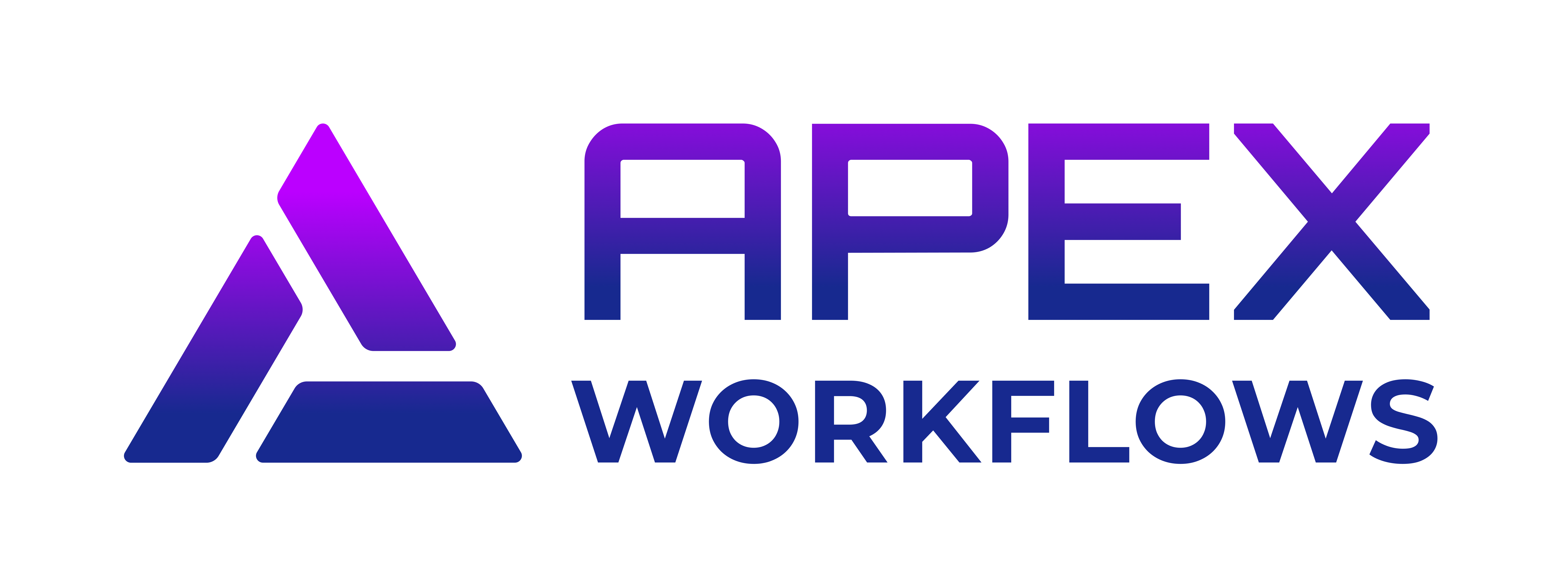In 2025, the legal industry finds itself at a crossroads — one where traditional workflows can no longer sustain the pace, cost constraints, and complexity of modern legal demands. Legal operations, once a peripheral function, have taken center stage, and artificial intelligence (AI) has become an integral part of this accelerating transformation. As AI-powered legal tools continue to mature, they offer a powerful catalyst for enhancing workflow velocity, optimizing legal processes, and redefining the practice and delivery of legal services.
The Evolution of Legal Operations: A Turning Point in 2025
Legal operations has evolved from a back-office support function into a strategic leadership role within law departments and law firms. With legal leaders under increasing pressure to do more with less — whether due to increased regulatory complexities, tighter cost controls, or rising expectations for fast and transparent service — 2025 marks an inflection point. AI is no longer a nice-to-have; it has become essential for survival and success.
The surge in AI adoption has been driven largely by legal operations professionals, who act as technology enablers. They are responsible for modernizing legal infrastructure, integrating innovative technologies, and setting cross-functional workflows that enable legal teams to function with higher efficiency, reduced risk, and enhanced accuracy. In 2025, legal operations are steering the legal function into a digitally native future.
How AI is Redefining Workflow Velocity in Legal Departments
Workflow velocity refers to the speed, fluidity, and accuracy with which legal tasks move through an organization. For in-house counsel and law firms alike, increasing workflow velocity means faster turnaround on matters, clearer bottleneck detection, and improved responsiveness to business stakeholders.
AI is transforming how legal work gets done by automating repetitive yet essential tasks such as document review, client intake, due diligence analysis, and even billing. For instance, AI-powered document analysis tools can extract key clauses or identify compliance issues in seconds — tasks that once took hours or days. Legal departments implementing these solutions are seeing dramatic reductions in processing time, a reallocation of resources away from mundane tasks, and fewer manual errors.
Tools like eZintegrations™ are enabling seamless integration between different SaaS applications and AI solutions. This integration provides legal teams with connected workflows that combine AI decision-making with existing systems, promoting a more cohesive and agile operational model.
AI-Powered Tools Changing Legal Operations in 2025
The legal tech ecosystem in 2025 is rich with AI-powered tools that serve a wide variety of use cases. AI legal assistants and research platforms can now draft basic contracts, summarize case law, or suggest citations, significantly reducing time spent on legal research. Document and contract intelligence tools offer advanced clause identification, version tracking, and obligation management.
Predictive analytics tools are also gaining traction by offering insights into case outcomes or litigation risks, helping legal teams make data-driven decisions. Compliance automation platforms monitor regulatory changes and generate audit-ready reports, alleviating a traditional pain point for many corporate legal teams.
Today's standout platforms leverage generative AI and machine learning to create adaptive, continuously improving systems. However, the importance of data security, ethical AI usage, and compliance cannot be overstated. Legal organizations must prioritize solutions that offer encrypted data storage, role-based access, and audit logs to meet internal and external regulatory obligations.
Workflow Automation: The Cornerstone of Scalable Legal Service Delivery
Workflow automation is now a foundational component of modern legal operations. This involves mapping out common processes and embedding automated decision points and task triggers that eliminate redundancies and delays. Commonly automated areas include client onboarding, contract lifecycle management, invoice processing, and ongoing regulatory compliance.
These process improvements yield tangible benefits: significant cost savings, reduced turnaround times, better resource utilization, and improved collaboration between legal and business functions. One large law firm, for example, implemented AI-driven contract analysis and onboarding workflows and saved approximately 240 hours per lawyer per year — time traditionally spent on administrative tasks.
Such efficiency gains not only improve internal metrics but also enhance client satisfaction through quicker, more accurate service delivery.
Implementation Strategy: How to Roll Out AI-Powered Workflows Effectively
Successfully rolling out AI-driven legal workflows requires a deliberate and strategic approach. First, legal operations should identify high-volume, rule-based tasks that consume a disproportionate share of time and labor. From there, it’s essential to assess the existing technology environment to find integration opportunities that facilitate automation without introducing disruption.
Pilot solutions with clear goals and KPIs to demonstrate value before moving to broader implementation. User training and change management are also critical — even the most powerful tool will underdeliver if not properly adopted. Once proven effective, successful pilots should be scaled across the department to maximize impact.
Common pitfalls should be avoided: automating broken or inefficient processes, neglecting compliance requirements, deploying platforms that lack integration capabilities, or bypassing the crucial step of end-user education can quickly derail transformation initiatives.
Future of Legal Operations: What Trends Will Dominate Beyond 2025?
Looking beyond 2025, generative AI will play a significant role in drafting and negotiating contracts, with contextual understanding improving dramatically. Predictive legal analytics will extend to entire portfolios, enhancing forecasting and enabling proactive resource planning for legal departments.
We can expect rapid developments in no-code and low-code workflow tools specifically tailored for legal use, allowing teams to automate without IT involvement. AI-powered client portals will offer real-time updates, document access, and intake capabilities — enhancing service transparency and satisfaction.
Equally important will be advances in ethical AI governance. As legal decisions guided by AI increase, the need for explainable outputs, bias safeguards, and due process will shape legal frameworks and industry standards.
Conclusion: Supercharging Legal Performance with AI Isn’t Optional—It’s Inevitable
Legal teams that seize the AI opportunity in 2025 will gain a lasting competitive advantage. Those who combine intelligent automation with process optimization will enjoy faster execution, sharper insight, and greater agility. Clients now expect near-instantaneous legal support, transparent workflows, and data-backed guidance — expectations that only AI-powered legal operations can meet at scale.
The imperative is clear: assess your current operational bottlenecks, identify automation-ready workflows, and take strategic steps toward adopting AI-powered legal tech. In the face of accelerating complexity and demand, the path forward for legal excellence is digital, intelligent, and automated.






